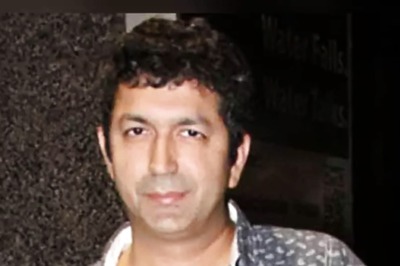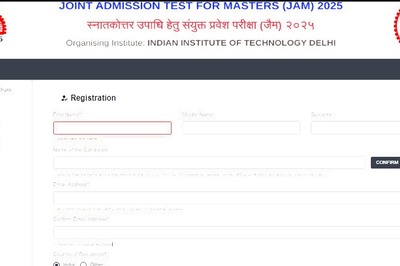
views
New Delhi: The Indian market may be flooded with affordable smartphones with indications of prices declining further, but Chinese tech giant Lenovo believes that providing a good device at a low price point has become a major challenge.
According to Lenovo India Managing Director Amar Babu, the transition to low-cost devices is faster in India, unlike other markets.
"The value and quality expectations from the customers are same, if not more pronounced. Therefore, providing a good device at a low-price point becomes a major challenge," he told PTI.
Over the last few months, handset makers have launched a series of smartphones across price points, but a huge chunk of these were aimed at tapping the sub Rs 12,000 category ($200).
International brands like Motorola and Nokia launched new products in the category, which analysts believe could be a Rs 280 billion opportunity (by value) at the end of FY2014-15.
"Innovation is what sets us apart, and creates an edge over our competitors. To become a strong player in the segment, we will continue to bring new technologies at different price points, reinforcing our global smartphone strategy," he said.
Globally, Lenovo is the fourth largest smartphone maker with 5.4 per cent share of the market.
Incidentally, Lenovo is waiting for regulatory approvals for the $2.91 billion-acquisition of Motorola from Google.
Handset makers in India are betting big on mobile Internet to reach out to newer audiences. Various reports suggest that the next billion population accessing the Internet for the first time will do so on their phones instead of personal computers.
Companies like Microsoft, which acquired Nokia's handset division, are also targeting the affordable smartphone category aggressively, estimating it to be a $50 billion annual opportunity.
The smartphone market in India grew at 84 per cent year-on-year to 18.42 million units in Q2 of 2014 from 10.02 million units (in April-June 2013 quarter), as per research firm IDC.
Korean handset maker Samsung led the smartphone market in India with 29 per cent share, followed by Micromax at 18 per cent, Karbonn at 8 per cent and Lava at 6 per cent.
Talking about the company's business in India, Babu said Lenovo's smartphone portfolio is based on consumer needs and their usage habits, across all price points.
"Our range starts from Rs 4,000 and goes up to Rs 35,999. We offer different choices to consumers with our Vibe (premium), P (business) and A (Internet and social media) series smartphones," he said.
Babu added that the sub-$200 (about Rs 12,000) is one of its fastest growing segments.
On the slew of devices hitting the Indian market, Babu said the right mix of superior user experience and product quality at an enticing price point will be the market differentiator going forward.
"As smartphones become more mainstream, consumers expect intuitive and fast products from all premium brands. The need here is to go beyond the expected and provide extraordinary design that reflects their personality and features that addresses their particular use case scenario," he said.
Last week, Mozilla's Firefox unveiled two new smartphones in India in partnership with Intex and Spice, priced below Rs 2300, to compete with devices powered by Android operating system.
He added that there is still huge opportunity in the market as over 70 per cent of the Indian population still uses a feature phone and many are looking to upgrade to a smartphone.



















Comments
0 comment